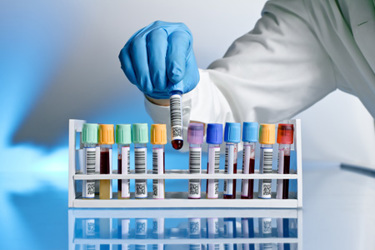Detection Of Peripheral Blood Foxp3+ Regulatory T Cell Population In A Preclinical Setting
By Milan Patel, Andrea Wong, and Tina Rogers

Research on T regulatory cells (Tregs) has gained momentum in the development of immunotherapy treatments for various malignancies. Studies in humans and animal models have demonstrated that Tregs suppress tumor immunity, allowing tumors to evade detection and control by the host immune system. Consequently, there is growing interest in the targeted depletion of Tregs in both preclinical and clinical settings. However, quantifying and characterizing the naturally occurring Treg population, defined as CD3+CD4+CD25+Foxp3+, in peripheral blood using flow cytometry presents challenges due to the complexity of Foxp3 staining and the low prevalence of Tregs in circulation.
To address these difficulties, we developed a method capable of reliably detecting a significant number of Tregs in just 250µL of whole peripheral blood from cynomolgus monkeys. This advancement enables the effective evaluation of therapies designed to characterize or deplete Tregs. In animals analyzed using this method, the Foxp3+ Treg population ranged from 2.1% to as low as 0.2% of the total lymphocyte population, yet the method consistently detected up to 21,500 Foxp3+ Tregs in peripheral blood. These findings were further validated through an extracellular detection approach for Tregs characterized as CD3+CD4+CD25+127low. Our method provides a robust and reproducible way to detect Foxp3+ Tregs in cynomolgus monkeys, offering a valuable tool for studying Treg modulation in vivo.
Get unlimited access to:
Enter your credentials below to log in. Not yet a member of Drug Discovery Online? Subscribe today.
